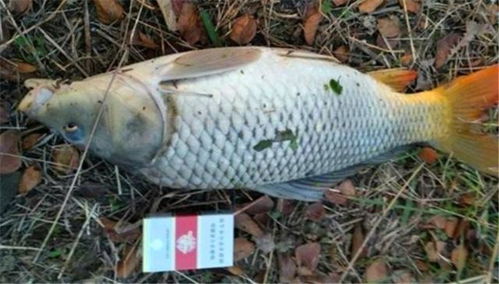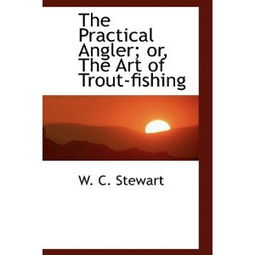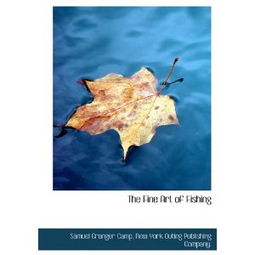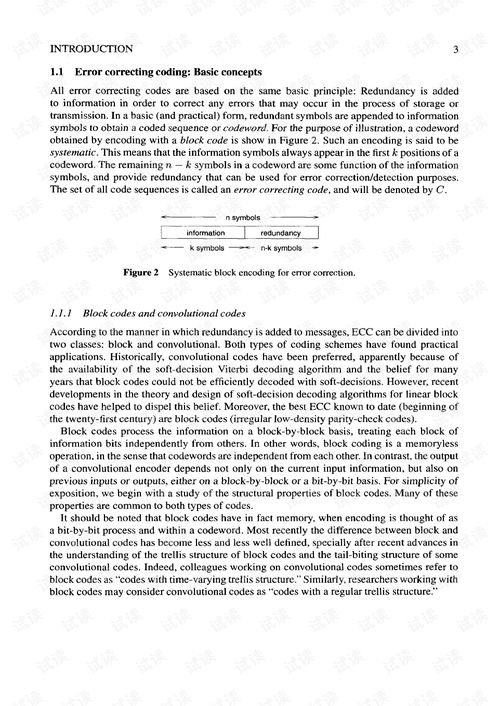Introduction
Spring is a time of renewal and, for many anglers, it's the perfect season to target the delicious and highly sought-after species of fish, the common carp. As the weather warms up and the water begins to heat,鲫鱼(commonly known as carp in English-speaking regions) become more active and easier to catch. In this article, we will delve into the art of spring carp fishing, focusing on the essential techniques to help you land those prized catches.
Understanding Spring Carp Behavior
Before we dive into the fishing techniques, it's crucial to understand the behavior of carp during the spring season. As the water temperature rises, carp become more active and start to feed more frequently. They also tend to move to shallower waters to spawn, which makes them more accessible to anglers. Here are some key points to keep in mind:
Water Temperature: Carp are most active when the water temperature is between 60-70°F (15-21°C). This is the ideal range for them to start feeding more aggressively.
Shallow Waters: As mentioned, carp move to shallower waters during the spring to spawn. Look for areas with a depth of 2-4 feet (0.6-1.2 meters) where you're likely to find them.
Cover: Carp often seek cover during the day to hide from predators. Look for submerged vegetation, logs, or any other structure that could provide shelter.
Food Sources: During spring, carp are primarily focused on spawning, so they may not be as interested in feeding. However, they will still take bait if it's presented correctly.
Choosing the Right Equipment
To be successful in spring carp fishing, you need the right equipment. Here's a breakdown of the essential gear you'll need:
Rod and Reel: A medium-heavy to heavy-action rod and reel combination is ideal for handling the resistance of a fighting carp. A multiplier reel with a good drag system is also recommended.
Line: Use a strong, abrasion-resistant line, such as braid or fluorocarbon, with a breaking strength of at least 10-15 pounds (4.5-6.8 kg).
Hooks: Large, strong hooks are a must, as carp have strong jaws. A size 6-10 hook should suffice for most situations.
Bait: During spring, natural baits like worms, leeches, or corn are often effective. Artificial baits, such as soft plastics or boilies, can also be used.
Fishing Techniques
Now that you have the right equipment, it's time to discuss the fishing techniques:
Locating Carp: Start by scanning the water's surface for signs of carp activity, such as splashes or bubbles. Once you've located a school of carp, try to identify their depth and movement patterns.
Patience is Key: Carp can be quite spooky, especially during the spawning season. It's important to be patient and allow your bait to sink naturally without any sudden movements.

Presenting the Bait: When fishing for carp, it's often best to use a slow and steady retrieve. If you're using a natural bait, like a worm, let it fall to the bottom and then slowly twitch it. For artificial baits, a steady retrieve with occasional pauses can be effective.
Using a Feeder: A feeder is a great tool for presenting bait to carp. It allows you to place a large amount of bait at the desired depth, which can attract carp from a distance.
Setting the Hook: When a carp takes your bait, set the hook gently but firmly. Avoid striking too hard, as this can spook the fish.
Landing the Fish: Once you've hooked a carp, be prepared for a fight. Use a steady but firm drag to control the fish, and be patient as it may take some time to tire out.
Conclusion
Spring carp fishing can be a rewarding and enjoyable experience for anglers of all levels. By understanding the behavior of carp during this season, choosing the right equipment, and employing effective fishing techniques, you'll be well on your way to landing those prized spring carp. Remember to be patient, stay alert, and enjoy the beauty of nature as you pursue these magnificent fish. Happy fishing!












